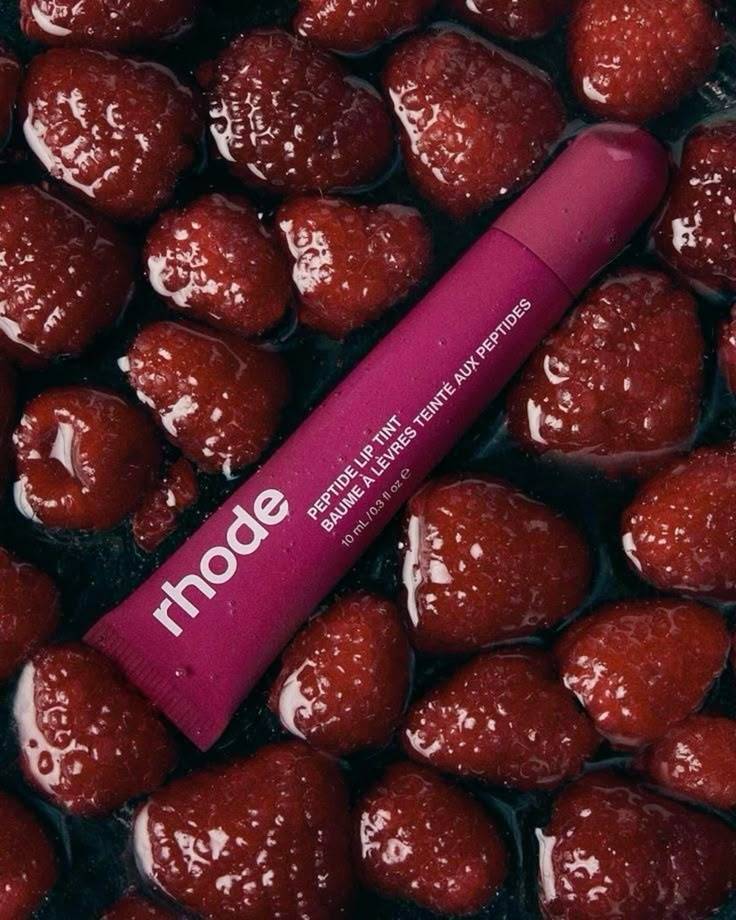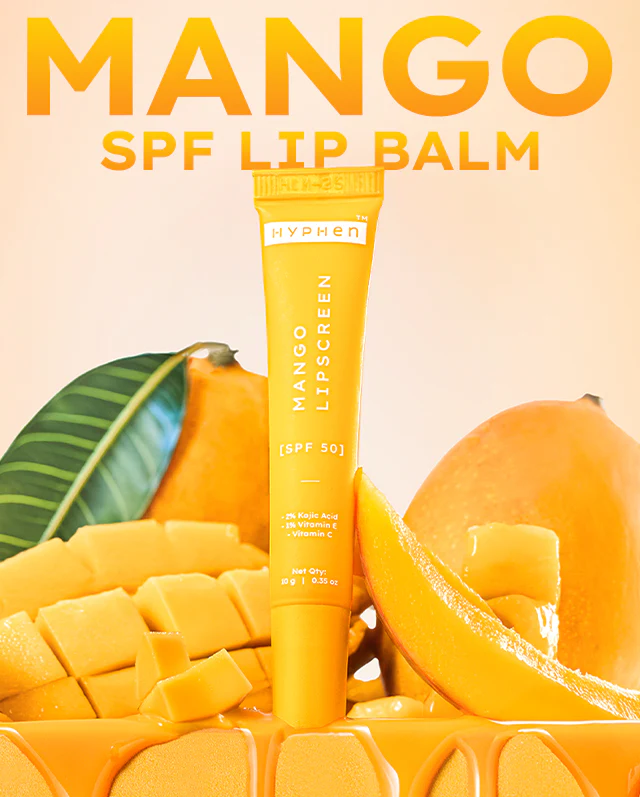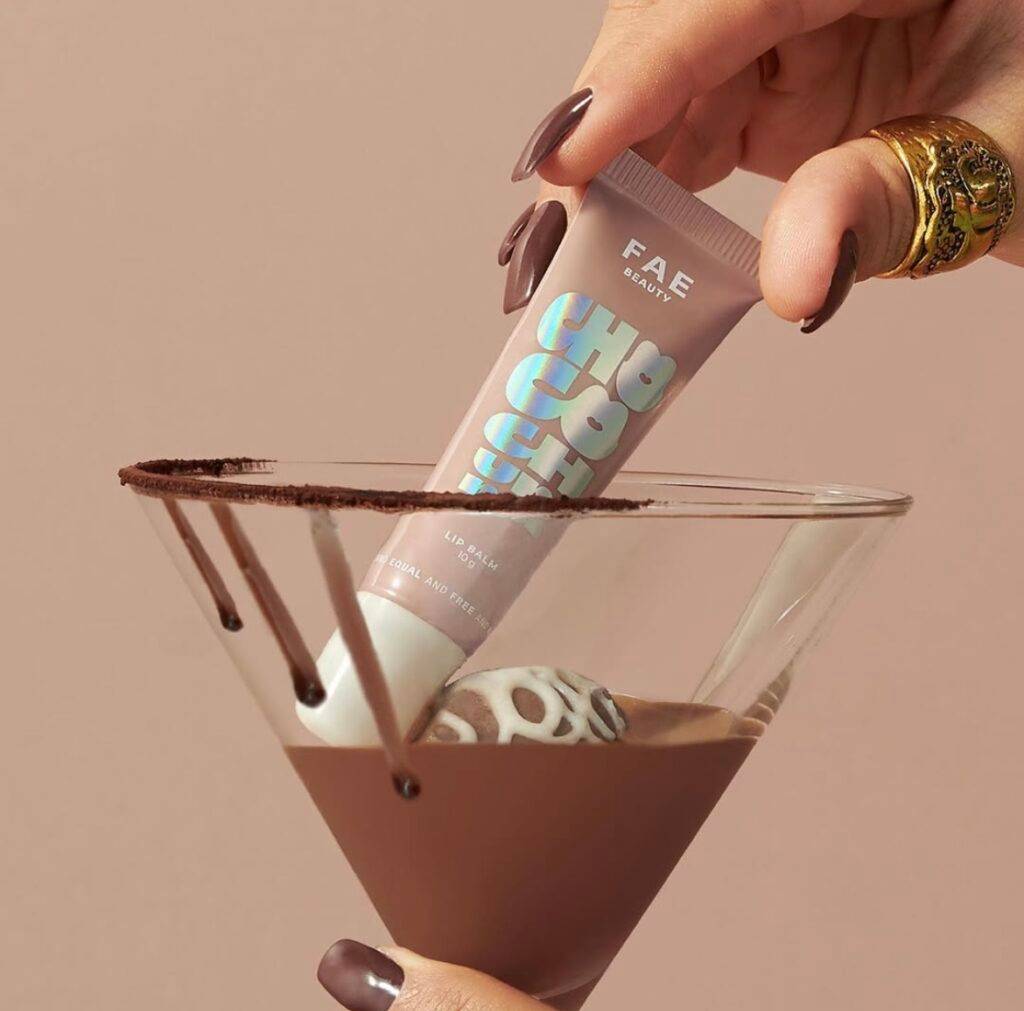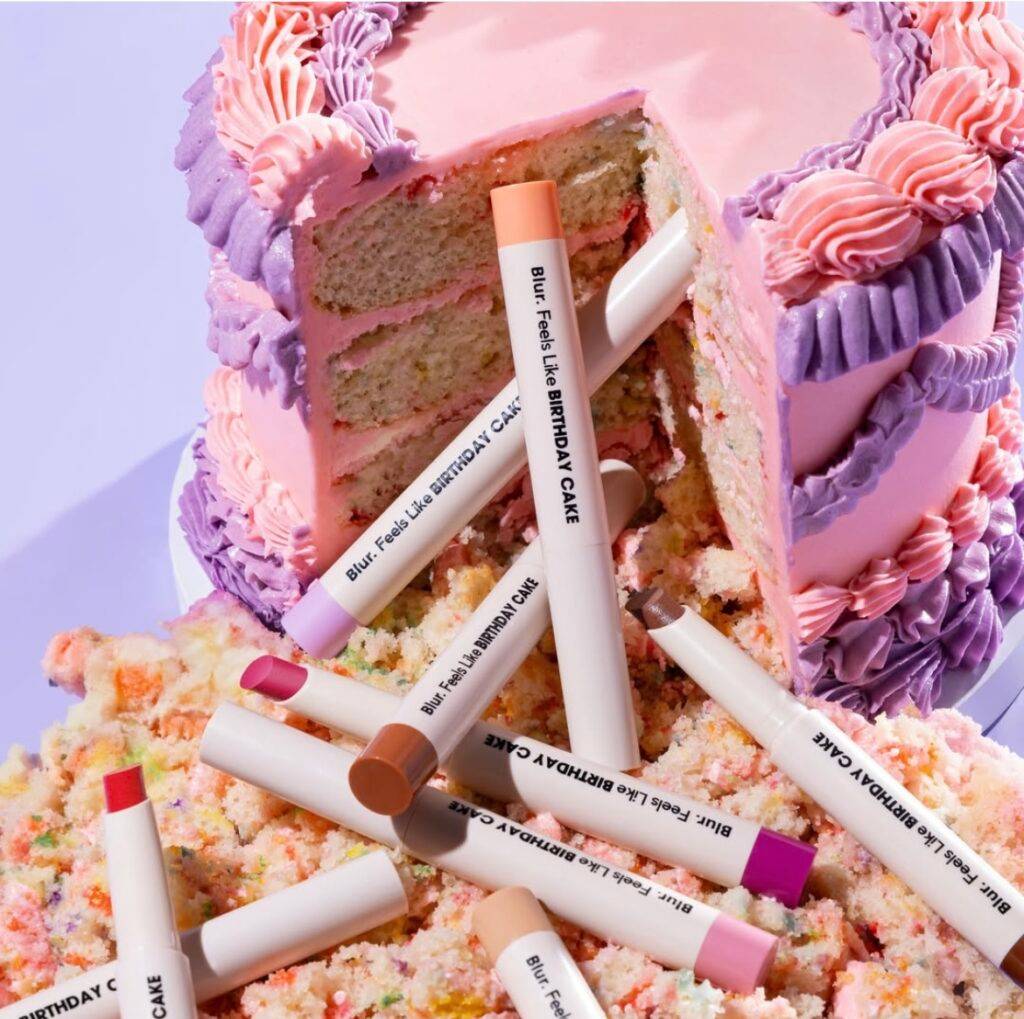Have you ever noticed your lip balm smelling like strawberries or your body lotion reminding you of vanilla cupcakes? It isn’t a coincidence; it’s marketing. But not just any marketing. It’s called sensory marketing, and it’s becoming an increasingly popular method of differentiation used by beauty and makeup brands.
This marketing method does more than provide aesthetic appeal; it attempts to generate feelings or emotions. And food? That’s the ingredient providing taste and emotion in beauty marketing campaigns.
What is Food Sensory Marketing, and Why Is Everyone Talking About It?
Food sensory marketing stimulates the five senses–sight, smell, taste, touch, and sound to elicit a stronger emotional connection with a product. Food is impactful because it can produce feelings of comfort, familiarity, and indulgence.
This type of marketing focuses more on the experience of how the product will feel rather than its appearance. The experience often incites cravings or memories that we want to indulge in.
How Rhode Transformed Skincare to a Snackable Experience
Rhode Skin revolutionised the market with its now-famous “Dessert Meets Skincare” promotion. Instead of using drab product photos on white backdrops, they placed their moisturizers next to whipped cream, glazed donuts, and glittering cherries.

And what happened? You wanted to eat the products – or at least own them.
But it isn’t all about cute styling. Rhode’s campaign created a strong emotional association: indulgence, care, and luxury. All things we associate with dessert. The campaign used food styling, textures, and colors to make you feel like using skincare was an act of self-love.
And guess what? Indian brands took notice.
How Indian Beauty Brands Are Getting Inspired
Indian beauty brands are also rapidly embracing the benefits of food sensory marketing, building on recent campaigns around the world, like Rhode’s recent release. Indian beauty brands use food visuals and ingredients to give customers an engaging and sensory experience.
Hyphen: Hyphen’s skincare graphics featured food-inspired images of brightly colored fruit (oranges and pomegranates), highlighting their natural ingredients through food sensory marketing. To create a visually striking product that appeals to the senses, products like the Citrus Glow Face Wash display complement the visuals of these fruits.


Fae Beauty: The rich, creamy feel of Fae Beauty’s Whipped Body Butter is one example of how they use decadent food-like textures in their food sensory marketing. Their thick and creamy texture connects with the opulent sense of sweets, which enhances the pleasure of using their skincare products.
Dot & Key: Dot & Key capitalizes on the refreshing and zesty appeal of citrus fruits in their Vitamin C range capitalized on the citrus appeal to create packaging and images of oranges and lemons as a way to create a bright and energizing experience, additionally supporting the sensory connection to their products – like the Vitamin C Serum.


Blur India: Blur India incorporates food associations like honey and rose petals for their skincare products, such as the Honey & Rose Face Mask, to conjure experiential associations while creating a nurturing and indulgent emotional experience for consumers seeking luxury and self-care.
Why Does It Work in Beauty Campaigns?
Cues related to food activate the limbic system that processes emotions and memories in the brain. So, when lipstick smells like your favorite dish or resembles a scoop of mango sorbet, you feel wonderful rather than just looking at a product.
This good feeling leads to two powerful connections:
- Trust – You link the product with comfort.
- Desire – You want to try it, just like you would crave to eat a dessert you saw online.
That emotional connection is much stronger than just seeing a shade swatch.
Food Sensory Marketing is the Future of Beauty
Food sensory marketing is changing the way beauty feels–not just looks. It is not about elaborate vocabulary or extravagant imagery–it’s about making people feel comfort, joy, and connection. A moisturizer that makes you think of fresh oranges or a face mask that reminds you of dessert will stick in your memory as more than a beauty product. Indian brands Hyphen, Fae Beauty, Dot & Key, and Blur India have demonstrated that storytelling (to stay relevant) does not require deep pockets; it requires you to make people feel something authentic. That’s good marketing; it sticks with you!

